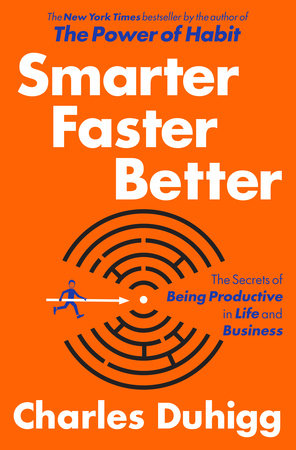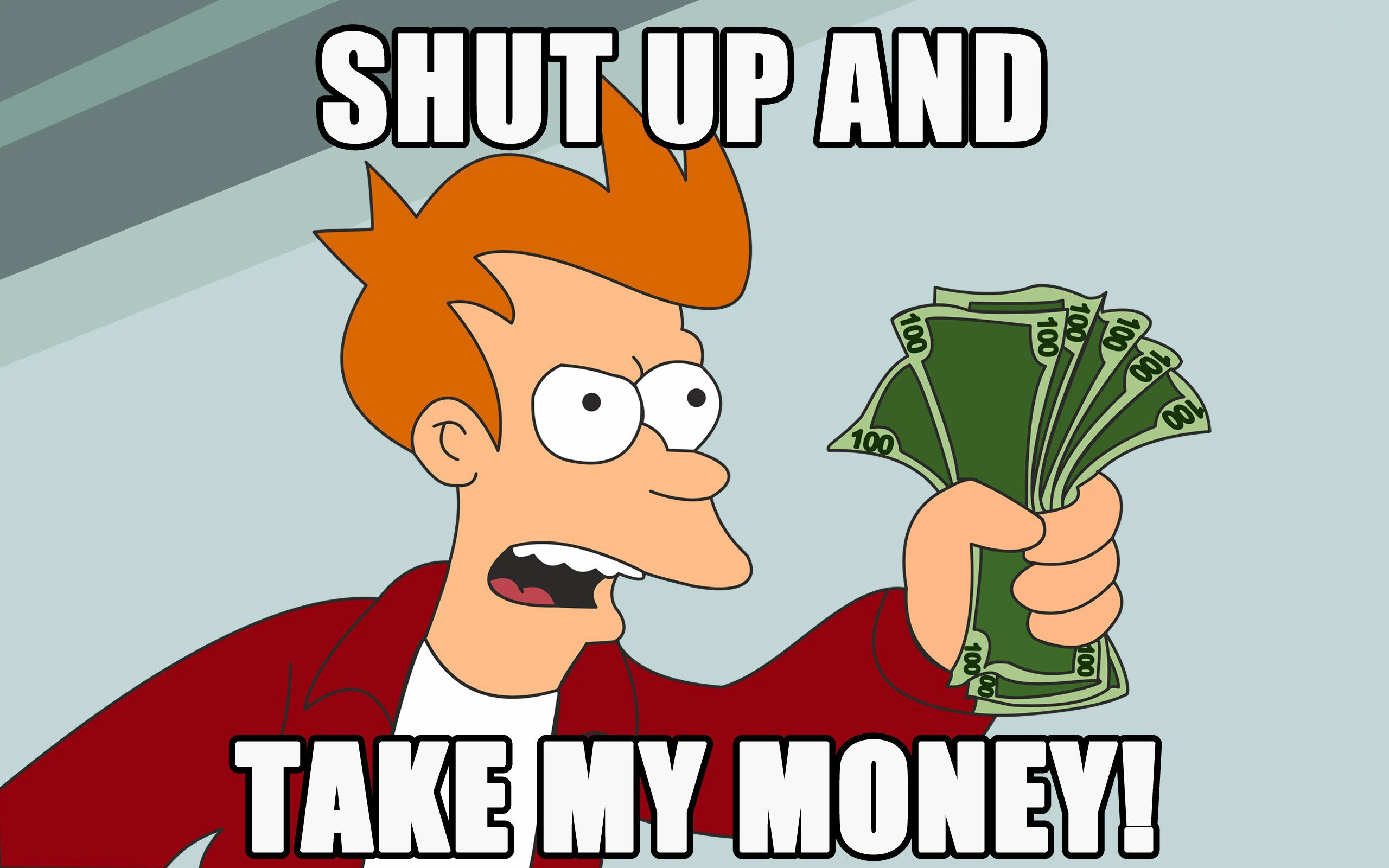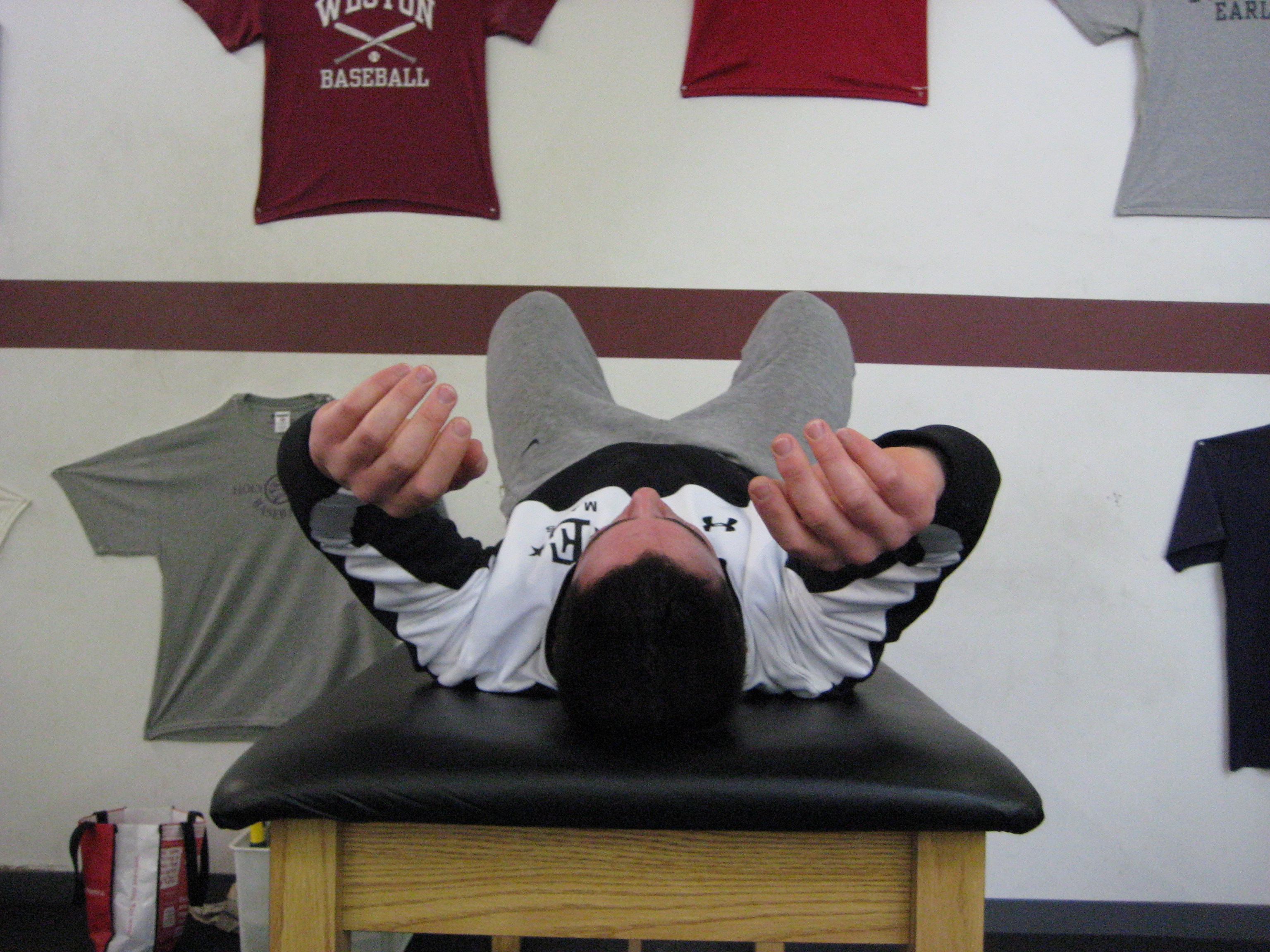I hated P.E. class. I was a skinny, weird and uncoordinated kid.
I was the one who got picked on in the changing rooms about my lack of size, and we’re just not talking about muscles.
Whenever P.E. class was on my schedule, I dreaded it. I’d rather go to the dentist to get a tooth pulled or talk about my confused teenage feelings.
Our masochistic P.E teacher liked to put us through a series of fitness tests every few months to determine our grades. As far as I was concerned, showing up was an A.
One of the many tests was an isometric chin up hold for time. You were to hold the top position of a chin up for as long as possible. On this particular testing day, as soon as my name was called, the knives came out.
“You won’t last 10 seconds, McLean. You’re as weak as piss.” (That’s Australian for not strong and bad tasting beer.)
As I stepped up to the bar, I had a little extra incentive and was determined to prove my doubter wrong. I willed myself to a 40-second hold which was not bad for a weakling. I even got the nods of approval from the high school meatheads.
Ever since then I could always do a chin up.
In the gym, chin ups/pull ups are still great test of your relative body strength. You’ll never hear someone ask “How much to you row, dude?” However, you will hear in gyms around the world “How much do you bench?”
Not everyone can do a chin up (although it should be a goal), but everyone needs to build upper back strength because in today’s society we’re constantly looking down at our smart phones, tablets and computers.
Furthermore, we sit too much and move too little.
Over time this can wreak havoc on upper back strength, posture and spine. For instance, every inch our ears are forward from our shoulders (forward head posture) you increase the weight of the head on the spine by an additional 10 pounds. (Kapandji, Physiology of Joints, Vol. 3).
And while there’s no scientific correlation, forward head posture also increases one affinity for douchiness.
Upper back strength also plays a huge role in the big lifts such as squats, deadlifts and even the bench press, which is big deal for hardcore gym goers and for the everyday desk jockey who wants to look better naked.
That’s reason enough to include some old school and new age rows into your routine. Your back and biceps will thank you, and the chest will just have to wait its turn.
Old School Rows
1) Barbell Bent Over Row
This is the godfather of rows. Not only does this strengthen your upper back, shoulders, biceps and grip, it’s the perfect accessory exercise for improving your deadlift. Bent over row mimics the hip hinge, and holding this for time with help improve your lower/upper back endurance. More importantly, it will improve your ability to keep a neutral spine while pulling heavy.
The classic cues of shoulders down, chest up, grow tall or shoulders away from the ears work here. If you feel this movement in your lower back or upper traps, you’re missing something and should check your form.
Note From TG: Check out THIS baller post by Harold Gibbons dissecting a ingenious drill – the hamstring bridge hold – to help people learn to “feel” the hamstrings during a bent over row.
Programming – I’ve found doing this for strength (low reps 3-5 and more sets 5-6) will help improve your ability to pull from the floor and to keep a neutral spine under heavy loads.
If you’ve never done sets of 20 reps before, you don’t know what you’re missing.
2) Single Arm Dumbbell Rows
There’s a multitude of variations to choose from. From the classic single arm bench supported variety to this excellent variation from Eric Bach of Bach Performance.
Or this one from Tony himself:
Dumbbell rows in general are perfect for ironing out strength imbalances that often exist between sides and you’ll get some additional core work in the form of lateral stability.
Let’s face it, you cannot get enough core work.
Keeping the spine in neutral and not rowing with the upper traps is the key here. Please don’t go extremely heavy and short arm the weight because you’re not fooling anybody. It’s almost as bad as knee bend squats or poorly performed pushups.
Note From TG: Another point to consider is pinning or “glueing” the shoulder blade(s) in place. The scapulae should move around the ribcage, not stay in place. Read THIS for more information.
Programming – I prefer programming these for higher reps (8-15 range) and lower sets (2-4). Pairing these in a super set with any press variation or including these in a metabolic circuit works well.
Running the rack to murder the upper back is fantastic, if you’re a fan of pain.
New Age Rows
1) TRX Rows
Dan John sums up why we need to do TRX rows:
“TRX single arm and double arm rows target an area of the body that often gets missed or ignored. The whole upper back/rear shoulder area is probably the most underdeveloped area of people I’ve worked with.”
The beauty of the TRX is you can adjust the intensity simply by adjusting the foot position closer or further away from the anchor point. This makes this exercise accessible to almost everybody.
Here’s how to set up for a single arm row, one of my personal favorites.
Keeping your shoulders down and chest up and not shrugging your upper traps to pull yourself towards the handles is the key here, too.
Also, try the Hinge Row (which “nudges” a bit more upward rotation in the shoulders)
Or, if you’re really feeling fancy pants you can try this variation, which, technically, isn’t a TRX row, but uses the TRX so whateves:
Programming – TRX rows are a great change of pace from weighted rows and I’d recommend training these for higher reps (12-20) and fewer sets (2-4). The TRX makes exercise transition simple, so including rows in a superset or a circuit works like a charm.
If you’re looking to burn out the back and pump up the biceps, TRX mechanical drop sets are perfect.
2) Single Arm Landmine Row
Single arm landmine exercises such as the row will help reduce joint stress while maximizing shoulder tension and stabilization. In my experience you can use more weight than the traditional dumbbell/cable row set up without any undue stress.
The set-up and cues are similar to a barbell bent over row. A good hip hinge and a neutral spine are essential.
The landmine allows you to row from a variety of positions and grips which is great for hitting the upper back from different angles.
Programming – Holding the end of the barbell instead of the dumbbell will provide a greater grip challenge.
Use the same programming guidelines as for the dumbbell rows. Or if you’re hating life, include them in a landmine complex, like this one courtesy of Ben Bruno.
Wrapping Up
Just because you cannot see the upper back, shouldn’t mean the chest gets all the love. Keeping the upper back strong is necessity for good posture and healthy shoulders. Upper strength will help improve your deadlift, squat and bench numbers.
If that’s not reason enough, rows work the biceps. They’re always in need of extra attention.
Author’s Bio
Shane “The Balance Guy” McLean, is an A.C.E Certified Personal Trainer working deep in the heart of Dallas, Texas.
No, Shane doesn’t wear a cowboy hat or boots. After being told that his posture blows by Eric Cressey, he has made it his mission to rid the world of desk jockeys and have fun while doing so.
After all exercise is fun and never a “work” out.

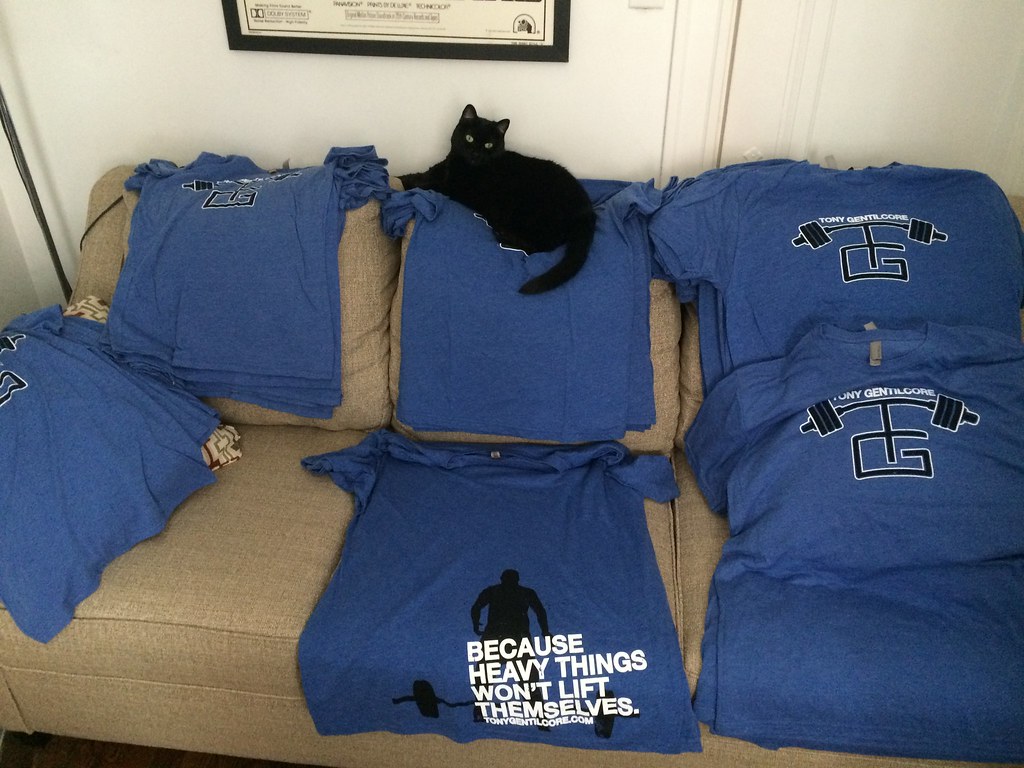
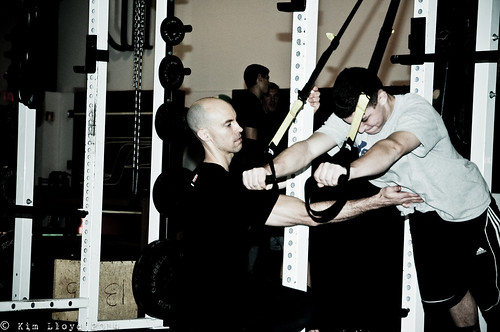
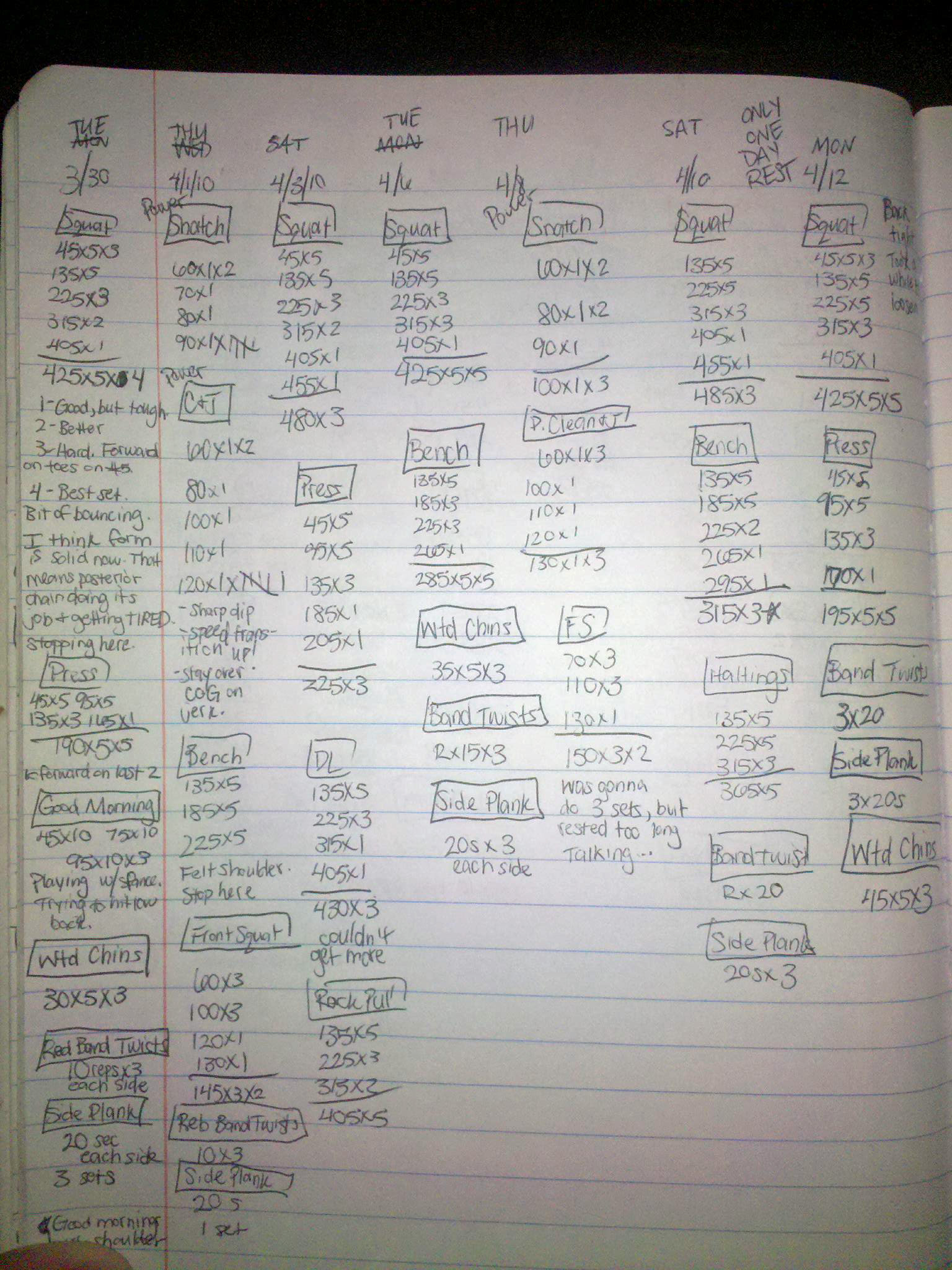 with “how much weight did you use last week?”
with “how much weight did you use last week?”
